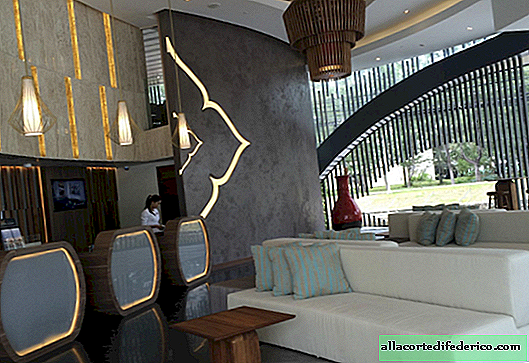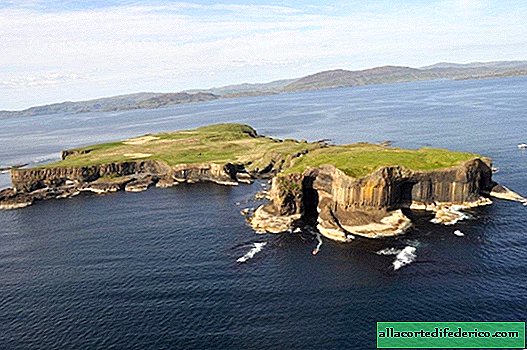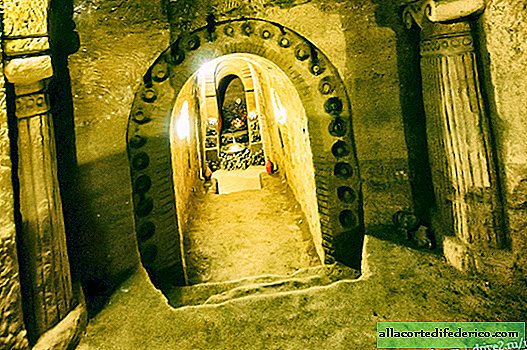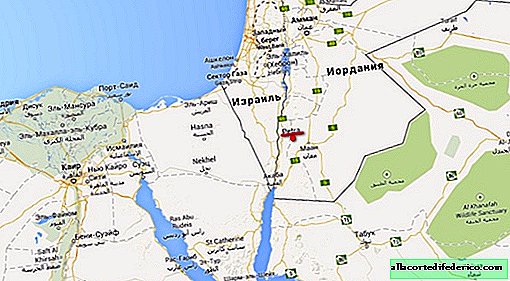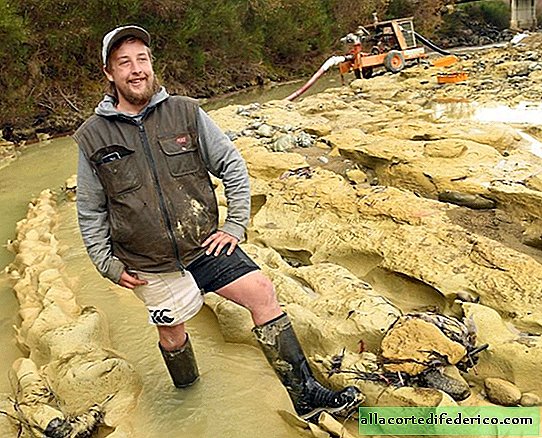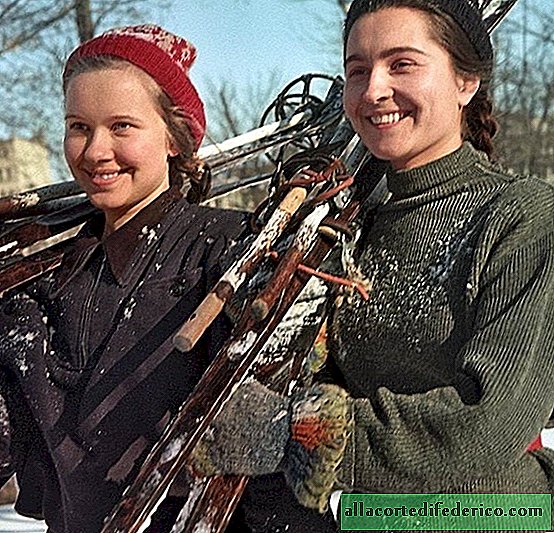Grudziadz - the city of medieval skyscrapers
Long time ago I didn’t write anything about Poland! But now is the time to travel to this country, which is so interesting and so inexpensive for Europe. Let me tell you about one city whose appearance is unique, the story is wonderful, and the crowds of tourists have not yet captured its streets and squares.
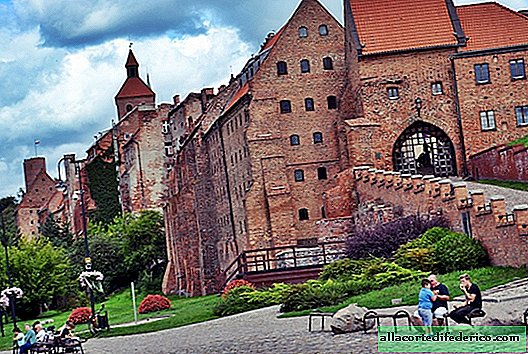
Grudziądz - a name that is difficult to remember and pronounce! This city, 100 kilometers from Gdansk, has always stood on the border of two empires and cultures - Polish and German. We stayed here just a couple of hours on the road to Torun, but this place was sunk into my memory because of its amazing buildings. Outwardly, they look like medieval skyscrapers with defensive functions, although in essence they are just old granary granaries.
Indeed, this is an amazing city, which is worth a closer look!

Nowadays, Grudziadz is a neat Polish town with a hundred thousandth population and not particularly big tourist ambitions. After all, only 50 kilometers from here is Torun, which attracts the entire tourist flow in the region, leaving its neighbor only miserable crumbs.
There is no special logic in this! Grudziadz is beautiful! And the lack of tourists for real travelers is rather a plus than a minus.

And yet it’s a little pity that such a wonderful city vegetates in the shadow of its neighbors. The reason for this state of affairs may lie in his story, which can hardly be called ordinary.

This city has never been purely German, much less typically Polish. Grudziadz has its own German name - Graudenz. And it was under this name that the city lived for many centuries in a row.

Over the past millennium, he has repeatedly passed from hand to hand. It was founded as if by the Poles, but the Teutonic Knights turned into a real city, having built their castle here. And already seven centuries ago, Graudenz was a large trading center with a fortress and a port on the navigable Vistula.

And even then, grain was actively traded here, for the storage of which spacious barns were required. Later the kingdom of Prussia was a part of Poland for several centuries, while Graudenz remained a typically German city, but under Polish influence.

Then the Jesuits and Dominicans came here, who left a noticeable mark on its architecture.

A little later, the Graudenz was twice occupied by the Swedish troops, and then the Russian army. Troops of Napoleon Bonaparte also came here. With all these troubles, the appearance of the city was not badly damaged. Quite the contrary, it acquired its own unique look.

As part of Prussia, Graudenz reached its peak about 150 years ago. A tram already ran in the city, a railway was laid here, and the Vistula brought a steady income to the local river port.

The border with Poland was close, so the influence of the Poles in the city was felt strongly in those days. So, in 1910 a census was held, which the German authorities had to slightly edit. It was decided to classify all speakers of Polish and German as the original population of East Prussia. These turned out to be almost 20 percent of the population. At that time, two large communities were officially recognized in the city - Jewish and Polish.

After World War I, Graudenz turned into Grudziadz and rejoined Poland, but this time not for long.
In 1939, the Poles here organized desperate and hopeless resistance to the advancing German troops. The battle of Graudenz lasted three days. After that, ethnic cleansing immediately began in the city. The Jewish community was completely destroyed, while the Poles were driven to labor camps, where they were doomed to a long and painful death.
At the beginning of 1945, a bloody struggle broke out between the fascist and Soviet troops in the vicinity of the city.
Then the city was very unlucky and it was 60 percent destroyed. The Teutonic castle, magnificent observation towers, partially local fortifications and many ancient buildings were wiped off the face of the earth.

After the war, the German population was completely deported, and the city began to be resettled by families from the eastern outskirts of Poland, which became part of the USSR. Unfortunately, after all these fatal changes, Grudziadz turned into a secondary Polish city without special prospects and ambitions.

Now the situation is still gradually changing. Still, Grudzenszd has a huge tourist potential. It became clear to us after a two-hour walk around the city. However, we did not see much.

Yes, the city has a beautiful promenade with a magnificent view of the very granary-skyscrapers. These unused buildings look amazing.

Through the well-preserved city gates with the promenade, you directly get into the old city center.

Here, if you wish, you can play in search of German heritage. This is not difficult, since there is a lot of such good preserved here.

Unfortunately, during our short walk we didn’t see the local botanical garden, didn’t take the tram that was still operating successfully, we didn’t even reach the remains of the Teutonic fortress. But still, on the whole, we have a positive idea of the city.

Comparing modern Grudziadz with old German postcards, you understand that the city as a whole has been preserved very, very well.

It is only necessary to restore something, to tint in some places, to rebuild something, and to demolish something, and - voila - we will again see the old Prussian city of Graudenz in all its glory.

And I'm sure crowds of tourists will not keep you waiting! In the meantime, on the streets of Grudziadz there are still too few restaurants with hotels and too many deserts. But who knows, the situation can change very quickly.

There are not so many cities with such a pronounced appearance in Poland. In the meantime, it’s quiet and calm and the prices do not bite, hurry to visit the old Prussian city on the Vistula with a Polish present!






